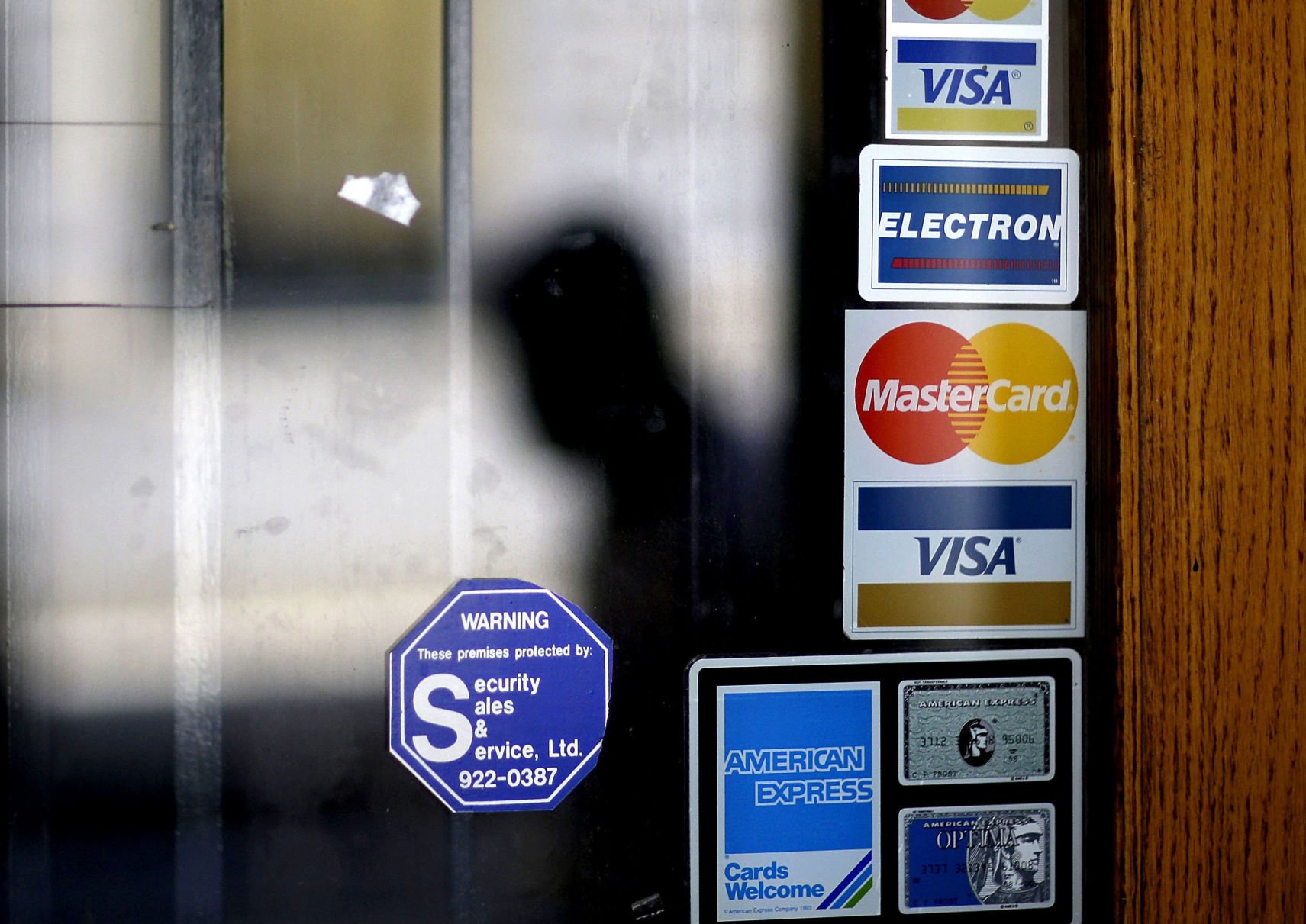16 September, 2017
Researchers at Columbia University Medical Center in NY trialed the device on mice and found they lost 20 per cent of fat on the treated side compared to the untreated side.
A NEW skin patch blitzes love handles by delivering a fat-busting drug directly where it is needed.
The study was published online Friday in the journal ACS Nano.
Humans have two types of fat.
The medication turns energy-storing white fat into energy-burning brown fat. It works by converting white fat to brown fat, which burns energy.
Researchers have been searching for a way to transform white fat into brown fat, which is more common in newborns and protects the body from cold temperatures.
In the recent Carolina study, the team, led by assistant professor of pathology Li Qiang, encased browning drugs inside nanoparticles - each around 250 nanometers in diameter.
Existing treatments that promote browning must be given as pills or injections, which expose the whole body to the drugs, causing stomach upsets, weight gain and bone fractures.
By differentiate, the skin patch goes around these entanglements by conveying the medications specifically to the locale required, for example, the territories of tissue over the hips. These nanoparticles were loaded into a finger-tip sized skin patch containing dozens of microscopic needles that pierced the skin.
Researchers in North Carolina have developed a medicated skin patch that claims to transform white fat into brown fat, effectively "melting" fat away from specific areas of the body, while raising the body's overall metabolism.
This released drugs gradually into the nearby tissue "in a sustained way instead of spreading the drug throughout the body quickly", said patch designer and study co-author Zhen Gu, PhD, associate professor of joint biomedical engineering at the University of North Carolina at Chapel Hill and North Carolina State University.
Each mouse was given two patches-one loaded with drug, containing nanoparticles and another without drug, that were placed on either side of the lower abdomen. Mice that were treated with either of the two drugs showed 20 per cent less fat in the affected area than mice given two empty patches. Additionally, fasting blood glucose levels decreased from 140mg/dL in control mice to ∼110mg/dL.
Tests in normal, lean mice revealed that treatment with either of the two drugs increased the animals' oxygen consumption (a measure of overall metabolic activity) by about 20 percent compared with untreated controls.
Based just on the image above, the patch seems like some type of medical treatment from the future, but it only gets more intriguing from there. The patch has yet to be tested on humans and the researchers are now investigating the best combination of drugs to promote localized browning.








